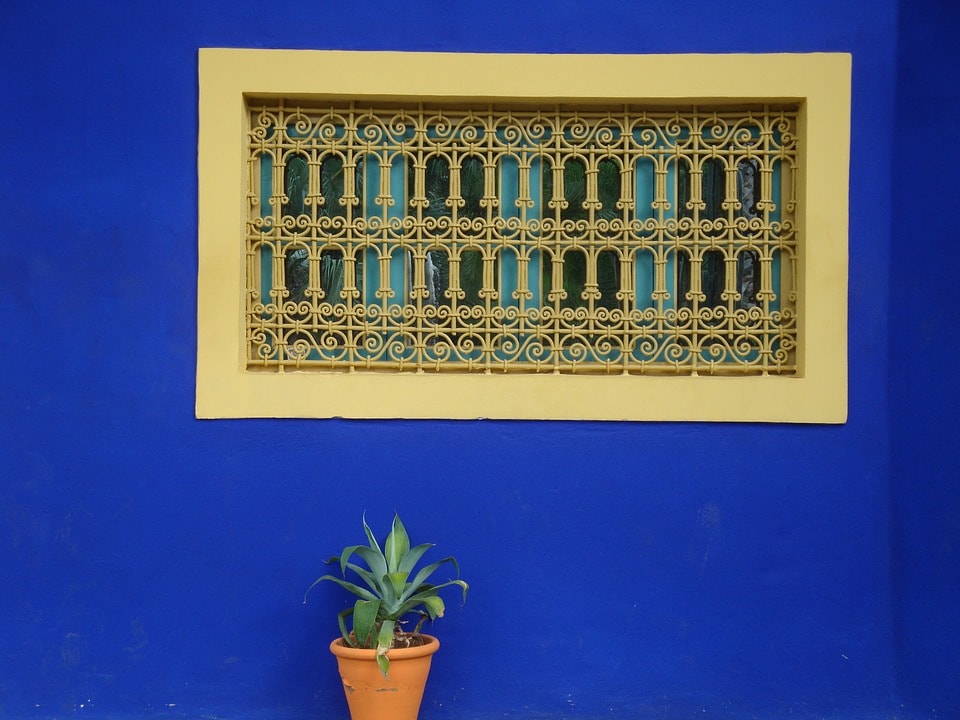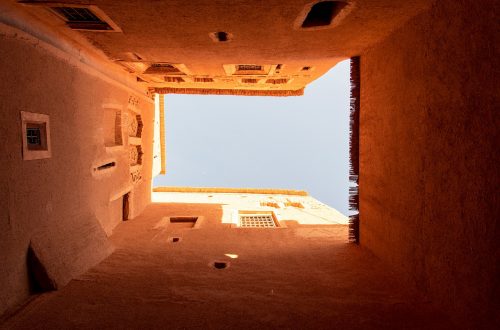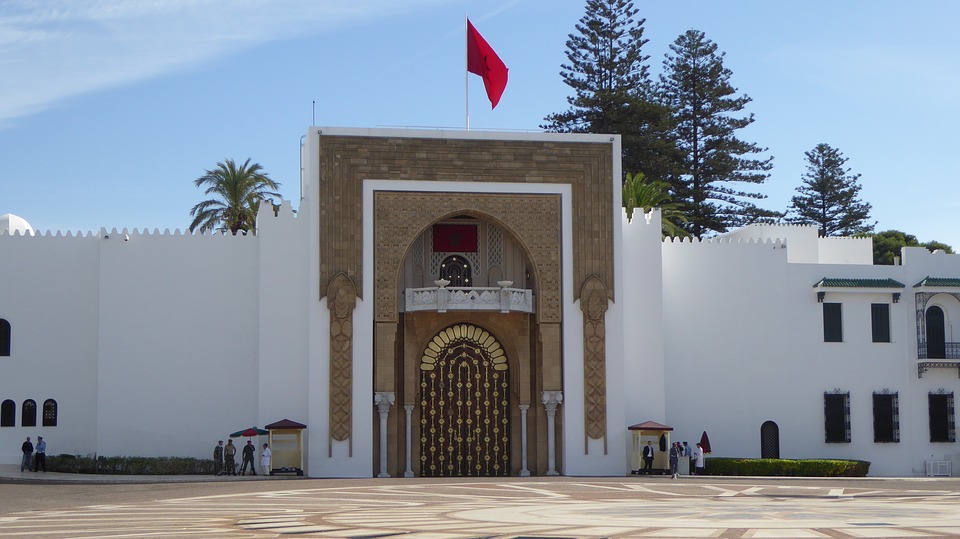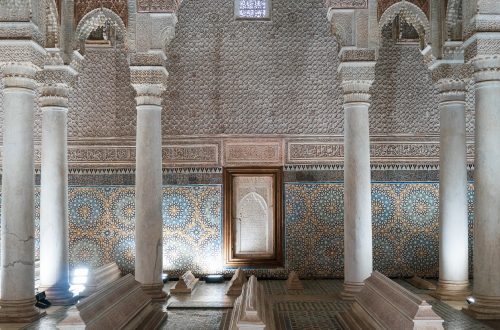
Marrakech, the Pink City of Morocco
Marrakech is often referred to as the Pink City, as its medina is surrounded by high ochre-pink walls that guard the treasures of a place rich in history, tradition, and culture.
No place brings to mind the stories of One Thousand and One Nights like Marrakech does, where rubbing a brass lamp in hopes of summoning a wish-granting genie feels natural. But just being in Marrakech already feels like part of a true enchantment.
Marrakech was my second visit to Morocco. I was afraid it would be an anonymous city, made uniform by tourism compared to the northern villages.
The main square and central streets have somewhat lost their authenticity. People who visited years ago speak of a completely different city.
But let me suggest one thing: forget about a bit of luxury and look for a local riad, perhaps in a lesser-known neighborhood. Just around hidden corners, you’ll find the most beautiful glimpses.
The authentic life of Morocco still flows through Marrakech—you just need to know where to look. And I hope to help you get closer.
Upon entering Marrakech, you immediately feel its energy—from the fervor of its street vendors and shopkeepers, to the intense call of its muezzins, to the flickering and smoky lights of its iconic square.
Jemaa El Fna Square
Jemaa El Fna Square is the heart of the city. It is the main square where all of Marrakech’s streets converge.
Once a place of public executions—Jemaa El Fna literally means “assembly of the dead”—today, the square is one of the most vibrant and captivating places in the city.
The square is recognized by UNESCO as an oral and intangible heritage of humanity. Since ancient times, storytellers and artists have gathered here every evening to pass down the tales of their ancestors through song and engaging performances.
The square constantly changes throughout the day. During daylight, you’ll find stalls selling everything from clothes and spices to magical ointments and ostrich eggs.
At sunset, food stalls begin to set up. Don’t miss the chance to try Moroccan street food at least once. This is also when snake charmers, monkey tamers, fortune tellers, illusionists, musicians, and dancers appear.
People gather around these performers. It’s impossible not to take part in at least one of these shows. Just remember—nothing is free in Marrakech, not even the photos you take.
For the less adventurous—or really for everyone—it’s worth grabbing a seat on one of the rooftop terraces overlooking the square to watch the show from above while sipping mint tea. The smoke from the food stalls, the sharp Gnawa music, and the rhythm of the drums embody the essence of Marrakech.
Le Gran Balcon du Café Glacier and Café de France are the oldest. Their location allows for a view of the sun setting behind the Koutoubia minaret, coloring everything red.
A helpful guide for your journey
We’ve selected one of the most appreciated travel guides to help you discover this destination at its best. A small but valuable tool to plan your trip with heart and open mind.
Koutoubia Mosque
The Koutoubia is the largest mosque in the city. It overlooks Jemaa El Fna Square but unfortunately cannot be visited by non-Muslims.
The mosque’s minaret is the symbol of Marrakech. It is visible throughout the city and serves as a landmark.
At the top, 65 meters high, an iron ornament indicates the direction of Mecca.
Did you know…
The minaret was originally covered in pink stucco but was left bare after renovations in the 1990s.
Its architecture is said to have inspired the Giralda Tower in Seville and the Hassan Tower in Rabat.
The Koutoubia Gardens are free to visit. Citrus trees, bougainvillea, and palms line this relaxing place away from the city chaos. Pay attention to the archaeological remains—they are from the original mosque.
The Spice Market
Among the souks, one place not to miss in Marrakech is the Spice Square and its namesake market.
Spice Square is a pleasant spot to stop for lunch or to enjoy the shade and views from one of the many rooftop restaurants.
On one side of the square is the entrance to the spice market, where you can get lost among mint tea, perfumes, and all kinds of soaps.
On the other side is the entrance to the Jewish Quarter and the architectural jewels of the Saadian Tombs, Bahia Palace, and El Badi Palace.
Majorelle Gardens
Also deserving special mention are the Majorelle Gardens, located in the modern city.
The gardens were designed by the French artist Jacques Majorelle and are famous for the house painted in intense cobalt blue.
The gardens became even more famous in 1980 when they were purchased by fashion designer Yves Saint Laurent and his partner Pierre Bergé.
A City with a Double Soul
Finally, remember that Marrakech is a city with a double soul. Like all magic, even that of Marrakech has its flip side.
It wouldn’t be honest to pretend the city is only idyllic. Not everything is perfumed with food and spice smoke that will remain among our best memories.
The streets often smell unpleasant. Marrakech is a crowded Arab city and not yet fully modernized.
If you’re not ready for a true Moroccan life experience, your only refuge is hopping from one five-star riad to another—missing the raw, authentic charm of this city.
Discover more: If you liked Marrakech, explore other destinations in Morocco and download the complete Marrakech guide.





